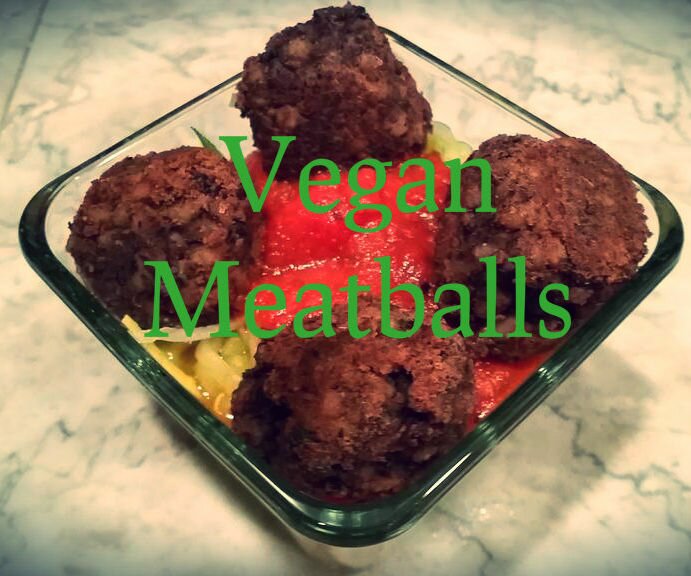Коктейль Sorrel Tini Грин тини
Ecto-tini, a Slimerific Cocktail



In my days as a bartender we would experiment with designing new cocktails after we closed up for the night. One spooky night in mid-October after all the patrons went home and the bar was dark and quiet a devilish idea came over me. Working by the light of the fireplace I concocted a lurid libation. Call it a possessed potion, a spectral screwdriver or ghost-bustin’ booze; I created the Ecto-tini!
Teacher Notes
Teachers! Did you use this instructable in your classroom?
Add a Teacher Note to share how you incorporated it into your lesson.
Step 1: Ingredients
1.5 oz. Orange Vodka
1.0 oz. Orange Juice
0.5 oz. Blue Curaçao
Step 2: Equipment
If you don’t have a jigger, traditional shot glasses hold a jigger (1.5 oz.) of liquid. If you do not have a shaker, use a pint glass filled with ice topped with a plastic cup. As long as the mouth of the plastic cup fits over the glass, you should be able to hold both parts together and shake without losing any liquid (just in case, do it over the sink).
Step 3: Crash Course in Being a Mixologist
I’ll probably offend some people by saying this but anyone can be a mixologist but only certain people can be bartenders. This may be a personal distinction but bartenders require a skill set that is equal parts drink maker, psychologist, comedian, and crisis responder; mixologist are more like scientists in their exacting procedures and additions. I make this distinction because, with practice, anyone can follow procedure but not everyone is cut out for bartending. Sure, being a good mixologist is technically harder than being a good bartender, but being a good mixologist is absolutely necessary to be a great bartender.
Call it what you want, here are some quick rules that will help in constructing your Ecto-tini.
Ice then liquor then mixer. It may seem counter intuitive at first, but there are several reasons for adding everything in this order. For one, the ice helps open the flavor and aromatics of the liquor, much like adding a few drops of water to whiskey. It also helps ensure that you have the right portion of liquor, if you skimp on the mixer people usually don’t mind much. For drinks you don’t have to shake, this also helps mix the ingredients since the liquor will naturally layer on top of the mixer because it is a lower gravity, adding the mixer last helps to mix everything.
Use a jigger. Jiggers are standard in the business for a reason, they are the best tool for measuring liquor. Don’t eyeball it, your drinks will never be consistent. Don’t use the measuring cup that you use to portion milk out when baking cookies, it’s not exact enough. Don’t use a graduated cylinder as if you were a scientist, these are designed for liquids that form a meniscus which alcohol does not. Okay, sure, the volume difference using a graduated cylinder isn’t going to matter much, but you’ll just look silly.
When jigger-less, speed pour. Want to look fancy like Tom Cruise in Cocktail? Well before you start throwing (and breaking) bottles, start with a speed pour. You can buy these everywhere now, they are little spouts that fit inside the opening of liquor bottles that pour a consistent amount of liquid every time. Tip the bottle completely upside-down and count to three, you have just poured a jigger (1.5 oz., the word jigger is both a measurer and a measurement) of liquid. Every second you count adds another 0.5 oz. Practice with a bottle filled with water and a jigger, count to three, repeat. Do this with several full bottles for a few days and you’ll be an expert.
The ice matters. Almost all recipes are written for cubed ice, similar to what you probably have in your freezer. Crushed ice melts faster and ice balls melt slower. The ideal is ice that has been shaved or chopped off an ice block with an ice pick. Since we’re not turning your kitchen into a slasher film, stick with ice cubes from your freezer, any other ice will require you to reformulate recipes to fit.
Shake it, except when you stir it. Nowadays, almost all martinis are shaken not stirred (thanks 007). Exceptions can be when you serve them on the rocks (not up, as is popularly pictured) or when you don’t want to «bruise» the alcohol which is typically reserved when working with aromatics. I’ve heard it helps open the flavor or develop the liquor. I don’t know how accurate these ascertations are, but what I do know is that you can’t be sure that it’s mixed properly unless you shake it, preferably for five seconds or more. When you pour (which you should do immediately after shaking) your drink should appear initially cloudy, which will be harder to tell with the Ecto-tini.
Clean and chill your glassware. Why go through all that trouble of mixing a drink to just pour it in a warm, dirty glass. Presentation affects taste, as does temperature. A martini should naturally warm as the person sips it. This allows the flavor profile to change gradually from crisp and sharp to complex and boozy. Don’t rob your imbiber of that experience. Also, cold glasses hold garnishes better, whether it’s a webbing of chocolate sauce for your chocolate martini, honey for your green-tini or sugar for your Ecto-tini (see Garnishes below).
Step 4: Making the Ecto-tini
Are you still with me? I didn’t put you to sleep back there did I?
Good, time to make the Ecto-tini.
As we learned in the last step, top your shaker with ice then add the orange vodka, blue curaçao then finally the orange juice. You shouldn’t wait too long inbetween additions, so have your ingredients ready and no dawdling.
Put the top on, then the cap and shake for five or more seconds vigorously. Take off the cap then pour into a chilled martini glass or Halloween goblet.
To make more, just adjust the recipe according to however many people you are serving. Your shaker should mirror the amount you’re serving, so don’t use your quart-sized novelty martini shaker for a single martini, unless of course you had a long day of ghost busting and require an extra large libation.
Step 5: Garnishing
This is where you get to have some real fun. Keep your garnishes elegant. Now, I don’t mean white-gloved pinky-up elegant, I mean simple and expertly done. You don’t need a fruit salad smacking someone in the face every time they take a sip. Also, take into consideration what you’re serving. Don’t garnish a dirty martini with a twist and don’t garnish an Ecto-tini with an olive. I know it’s tempting to gross people out at Halloween, but don’t do it with good liquor.
That said, here are some garnish ideas:
An orange round. Simple, elegant and appropriate. This is the traditional garnish and since I created the darn drink I get to say what’s traditional or not.
An orange twist. Oh, aren’t we fancy? For added effect, flame the twist over the glass before pouring the drink, it adds to both the flavor and theater of the drink.
Green sugar. This can be found in the cake decorating section of the grocery store. Simply pour some into a flat lid of appropriate size and rim the glass by rubbing the flesh of an orange around the entire rim of an empty glass then spinning it upside down in the sugar.
Dry ice. You can find this at some grocery stores. As dry ice sublimes it creates a dense fog that bubbles out of your glass. Perfect for Halloween parties!
Caution, do not handle directly with your skin or breathe in the vapor for a prolonged period of time.
Glow bracelet. Activate a green glow bracelet and twist it over itself twice then drop it in the glass to create an eerie glow reminiscent of horror movie toxic waste.
Use none, one or any combination of the above to create the right ambiance with your Ecto-tini.
Step 6: Alternatives
So, martinis aren’t your thing? Try these ideas out instead.
Toxic screwdriver. Add a jigger of orange vodka to a rocks glass with ice. Top with two jiggers of orange juice and a splash or blue curaçao to color.
Ecto-punch #1. Combine a bottle of orange vodka (750 mL), a liter of orange seltzer (or soda if you like it sweet) and a quart (liter) of orange juice and enough blue curaçao to color.
Ecto-punch #2. This is basically the Toxic Screwdriver recipe. Combine two quarts of orange juice, a bottle of orange vodka and enough blue curaçao to color.
Ecto-apertif. Add several drops of blue curaçao to a jigger of Cointreau, traditional Curaçao or alcoholic triple sec. Serve chilled or warm in a liqueur, apertif or stemmed shot glass or with champagne in a champagne or tulip glass.
Ecto-digestif. Add several drops of blue curaçao to Grand Marnier, serve neat in a port or stemmed shot glass. Garnish with an orange twist (see the Garnish section).
Ecto-rita. Serve chilled, on the rocks or frozen, salt or no salt. Combine 3 oz. tequila, 2 oz. orange juice, 1 oz. lime juice, and 0.5 oz. of blue curaçao.
Photo credit to my talented wife Sara!














